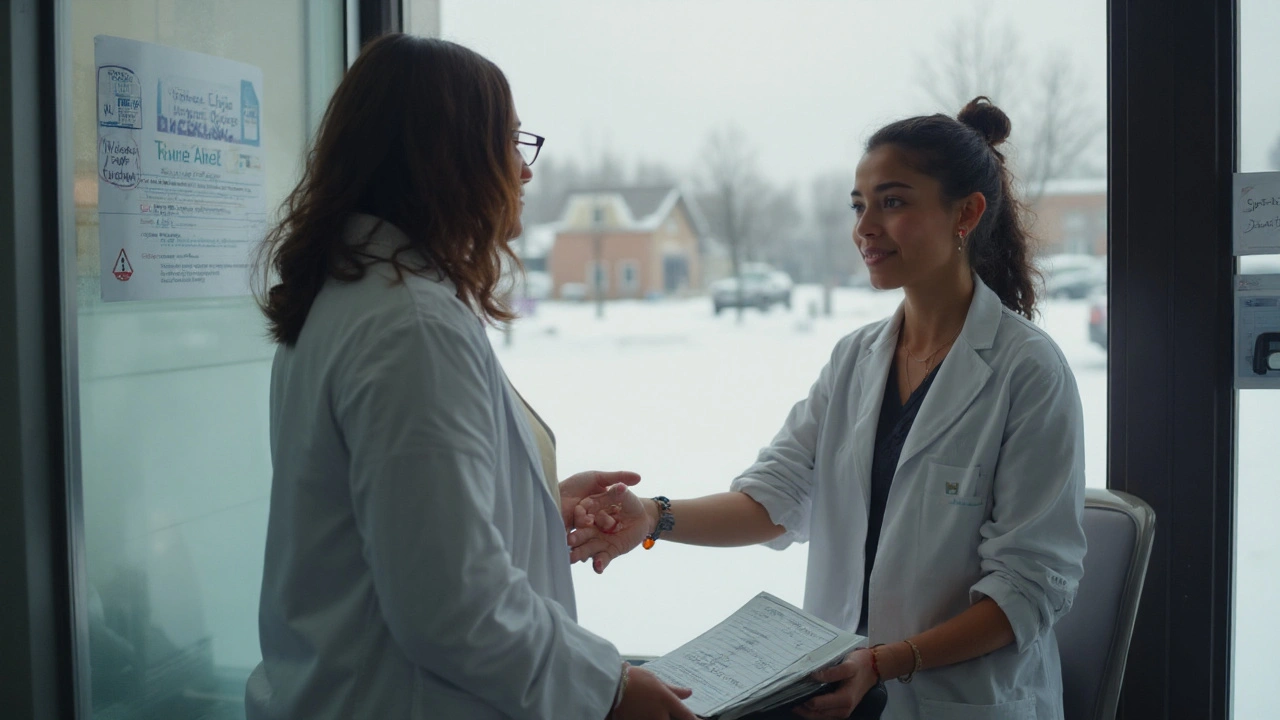Leukemia Symptoms – Spot the Signs Early
Leukemia is a cancer of the blood‑forming tissue, and it can sneak up on you before you even realize something's wrong. The good news? Many of the early clues are simple to notice if you pay attention. Below, we break down the most common signs, why they happen, and when you should call a doctor.
Common Early Signs
First up, fatigue. If you’re constantly tired despite getting enough sleep, it could be a red flag. Leukemia hurts the body’s ability to make healthy red blood cells, so you feel weak and drained.
Next, unexplained bruising or bleeding. Tiny red spots (petechiae) on the skin, frequent nosebleeds, or gums that bleed without a clear reason often mean your platelet count is low.
Fever that comes and goes without an infection is another hint. Cancer cells can release substances that trigger fevers, even when you’re not sick.
Weight loss without trying, night sweats, and bone pain—especially in long bones like the thigh or arm—also belong on the list. These symptoms happen because the marrow is crowded with abnormal cells, pushing out the normal ones.
Finally, swollen lymph nodes, especially in the neck, armpits, or groin, can be a sign. The lymphatic system is part of the immune response, and leukemia can cause it to enlarge.
When to Seek Medical Advice
If you notice any two or more of these signs persisting for more than a couple of weeks, it’s time to get checked. Don’t wait for a perfect storm of symptoms; early detection makes treatment far more effective.
Start with a visit to your primary care doctor. They’ll likely order a complete blood count (CBC) to see if your blood cells are in the normal range. Abnormal results will lead to more specific tests like a bone‑marrow biopsy.
Even if you have mild symptoms, trust your gut. A quick appointment can rule out other causes—like anemia from iron deficiency—or confirm that further investigation is needed.
Remember, many of these signs overlap with non‑cancerous conditions. That’s why a professional evaluation is crucial. It’s better to be sure than to ignore something that could become serious.
Bottom line: Keep an eye on lingering fatigue, unexplained bruising, fevers, night sweats, weight loss, bone pain, and swollen nodes. If they stick around, book that doctor’s appointment. Early action saves lives, and the sooner you know, the more options you have.
Early Detection in Ph-Positive ALL: Signs, Tests, and Survival
Early detection in Ph-positive ALL can double survival odds. Learn the red flags, the exact tests to ask for, and how faster diagnosis shapes treatment.
